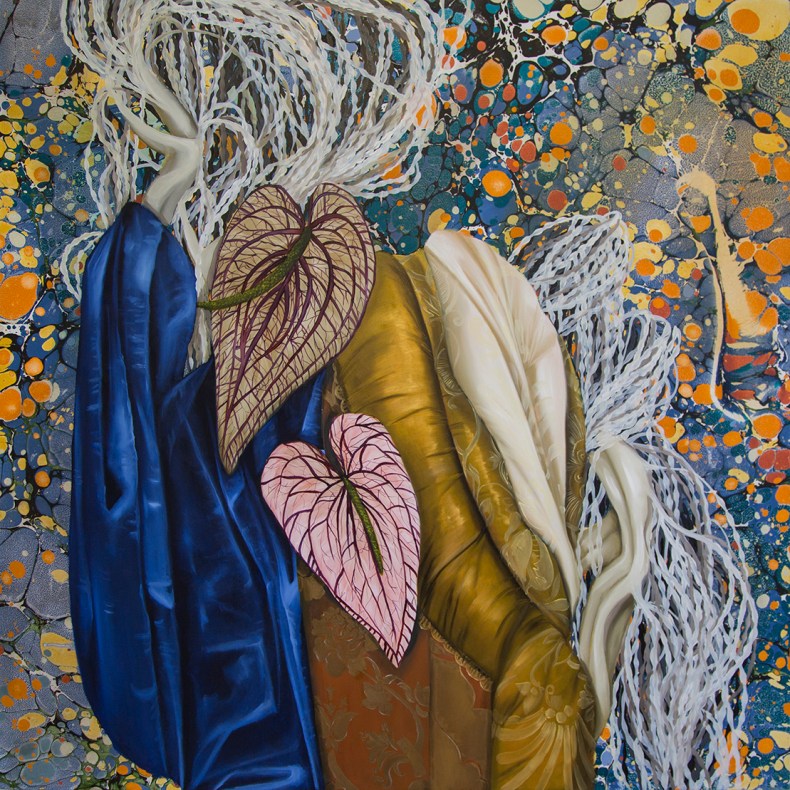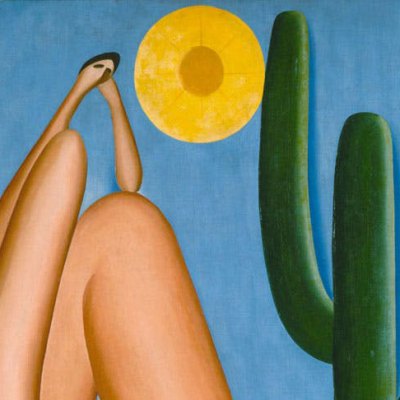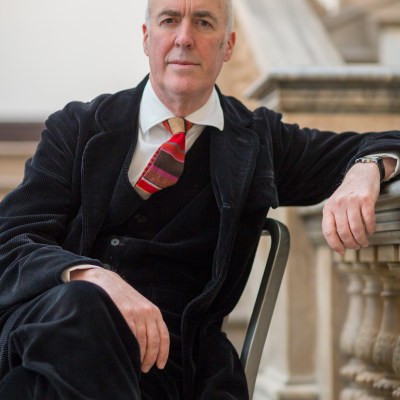I flew to São Paulo, never having been to South America before, at the invitation of SP-Arte, the South American art fair that was founded in 2005. I thought that it would be an opportunity to get a feel for the art world in Brazil, how it operates, who the key movers and shakers are, and the current state of art practice in the southern hemisphere.
SP-Arte shares the characteristics of other big art fairs, with large numbers of dealers showing their wares over three floors. These are mainly dealers from South America, particularly São Paulo itself, which is a city full of galleries and collectors – hardly surprising in a megalopolis with a population of up to 20 million, including the majority of Brazillionaires. But there are also some galleries from London like Stephen Friedman Gallery, which has a long-standing association with Brazil, and White Cube, which had a space in São Paulo from 2012–15. The big galleries from New York are also represented.
So far, so like Frieze or Art Basel. But SP-Arte has two distinctive characteristics. The first is that it is held in a beautiful building designed by Oscar Niemeyer and Hélio Uchõa for the Bienal di São Paulo, first held in 1951 and staged here since 1957. It’s a large, light, and long building, full of Niemeyer’s characteristically sinuous balconies, perfect for orientation and people-gazing and reducing, to an extent, the psychological exhaustion that is concomitant to so much art and commerce in a single building. The second is that, unlike Art Basel, it includes design alongside fine art, although segregated on the top floor, with a small number of galleries selling Portuguese baroque objects.
Much of the work shown is – not surprisingly – very recognisable in the context of current global art trends: well-established, older generation minimalism, some conceptual work, a room dedicated to performance art. I looked out for painters, including Lucas Arruda, who produces imaginative, semi-abstract views of the Brazilian jungle, and the work of Pedro Vaz, an artist who works mainly in Portugal. I admired paintings by the Brazilian artist Mariana Palma, but the best has already sold.
Untitled (2018), Mariana Palma. Casa Triãngulo at SP-Arte

As with all art fairs, the event is not just about what happens inside the fair, but outside in the city as a whole. I missed the tours of art galleries on Monday and Tuesday evening, but attended a brunch yesterday at Fortes D’Aloia & Gabriel, one of the leading galleries – which represents Beatriz Milhazes, who has an exhibition opening at White Cube in London next week. Last night, I went to a party hosted by Fernanda Feitosa, the founder of the art fair, whose house in the suburbs has not one, but two private gallery spaces in the garden to house her Pop art collection.
Sitting over dinner chatting to artists and gallery owners, I never cease to be amazed by the total internationalism of the art world: today São Paulo, tomorrow Miami, the weekend in the Hudson Valley, and Tuesday Bermondsey.
Charles Saumarez Smith is Secretary and Chief Executive of the Royal Academy of Arts, London.



